
Climate change and water scarcity are front and center in the western U.S. The region’s climate is warming, a severe multi-year drought is underway and groundwater supplies are being overpumped in many locations.
Western states are pursuing many strategies to adapt to these stresses and prepare for the future. These include measures to promote renewable energy development, conserve water, and manage natural and working lands more sustainably.
As engineers working on climate-smart solutions, we’ve found an easy win-win for both water and climate in California with what we call the “solar canal solution.” About 4,000 miles of canals transport water to some 35 million Californians and 5.7 million acres of farmland across the state. Covering these canals with solar panels would reduce evaporation of precious water—one of California’s most critical resources—and help meet the state’s renewable energy goals, while also saving money.
Conserving water and land
California is prone to drought, and water is a constant concern. Now, the changing climate is bringing hotter, drier weather.
Severe droughts over the past 10 to 30 years dried up wells, caused officials to implement water restrictions, and fueled massive wildfires. As of mid-April 2021, the entire state was officially experiencing drought conditions.
At the same time, California has ambitious conservation goals. The state has a mandate to reduce groundwater pumping while maintaining reliable supplies to farms, cities, wildlife and ecosystems. As part of a broad climate change initiative, in October 2020 Gov. Gavin Newsom directed the California Natural Resources Agency to spearhead efforts to conserve 30% of land and coastal waters by 2030.
Most of California’s rain and snow falls north of Sacramento during the winter, while 80% of its water use occurs in Southern California, mostly in summer. That’s why canals snake across the state. It’s the largest such system in the world. We estimate that about 1%-2% of the water they carry is lost to evaporation under the hot California sun.
In a recent study, we showed that covering all 4,000 miles of California’s canals with solar panels would save more than 65 billion gallons of water annually by reducing evaporation. That’s enough to irrigate 50,000 acres of farmland or meet the residential water needs of more than 2 million people. By concentrating solar installations on land that is already being used, instead of building them on undeveloped land, this approach would help California meet its sustainable management goals for both water and land resources.
Climate-friendly power
Shading California’s canals with solar panels would generate substantial amounts of electricity. Our estimates show that it could provide some 13 gigawatts of renewable energy capacity, which is about half of the new sources the state needs to add to meet its clean electricity goals: 60% from carbon-free sources by 2030 and 100% renewable by 2045.
Installing solar panels over the canals makes both systems more efficient. The solar panels would reduce evaporation from the canals, especially during hot California summers. And because water heats up more slowly than land, the canal water flowing beneath the panels could cool them by 10 F, boosting production of electricity by up to 3%.
These panels could also generate electricity locally in many parts of California, lowering both transmission losses and costs for consumers. Combining solar power with battery storage can help build microgrids in rural areas and underserved communities, making the power system more efficient and resilient. This would mitigate the risk of power losses due to extreme weather, human error and wildfires.
We estimate that the cost to span canals with solar panels is higher than building ground-mounted systems. But when we added in some of the co-benefits, such as avoided land costs, water savings, aquatic weed mitigation and enhanced PV efficiency, we found that solar canals were a better investment and provided electricity that cost less over the life of the solar installations.
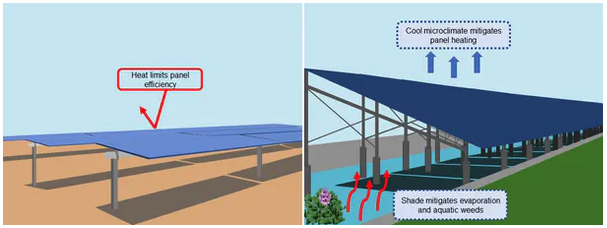
Benefits to the land
Solar canals are about much more than just generating renewable energy and saving water. Building these long, thin solar arrays could prevent more than 80,000 acres of farmland or natural habitat from being converted into solar farms.
California grows food for an ever-increasing global population and produces more than 50% of the fruits, nuts and vegetables that U.S. consumers eat. However, up to 50% of new renewable energy capacity to meet decarbonization goals could be sited in agricultural areas, including large swaths of prime farmland.
Solar canal installations will also protect wildlife, ecosystems and culturally important land. Large-scale solar developments can result in habitat loss, degradation and fragmentation, which can harm threatened species such as the Mojave Desert tortoise.
They also can harm desert scrub plant communities, including plants that are culturally important to indigenous tribes. As an example, construction of the Genesis Solar Energy Center in the Sonoran and Mojave deserts in 2012-2014 destroyed trails and burial sites and damaged important cultural artifacts, spurring protracted legal conflict.
Clearing the air
By generating clean electricity, solar canals can improve air quality–a serious problem in central California, which has some of the dirtiest air in the U.S. Solar electricity could help retire particulate-spewing diesel engines that pump water through California’s agricultural valleys. It also could help charge growing numbers of electric light- and heavy-duty vehicles that move people and goods around the state.
Yet another benefit would be curbing aquatic weeds that choke canals. In India, where developers have been building solar canals since 2014, shade from the panels limits growth of weeds that block drains and restrict water flow.
Fighting these weeds with herbicide and mechanical equipment is expensive, and herbicides threaten human health and the environment. For large, 100-foot-wide canals in California, we estimate that shading canals would save about $40,000 per mile. Statewide, savings could reach $69 million per year.
Bringing solar canals to California
While India has built solar arrays over canals and the U.S. is developing floating solar projects, California lacks prototypes to study locally.
Discussions are underway for both large and small demonstration projects in the Central Valley and Southern California. Building prototypes would help operators, developers and regulators refine designs, assess environmental impacts, measure project costs and benefits, and evaluate how these systems perform. With more data, planners can map out strategies for extending solar canals statewide, and potentially across the West.
It will take a dozen or more partners to plan, fund and carry out a solar canal project in California. Public-private partnerships will likely include federal, state and local government agencies, project developers and university researchers.
California’s aging power infrastructure has contributed to catastrophic wildfires and multi-day outages. Building smart solar developments on canals and other disturbed land can make power and water infrastructure more resilient while saving water, reducing costs and helping to fight climate change. We believe it’s a model that should be considered across the country–and the planet.![]()
Roger Bales is Distinguished Professor of Engineering, University of California, Merced. Brandi McKuin is a postdoctoral researcher in environmental Sstudies, University of California, Santa Cruz. This article is republished from The Conversation under a Creative Commons license.
Weekly Newsletter
Get building science and energy efficiency advice, plus special offers, in your inbox.




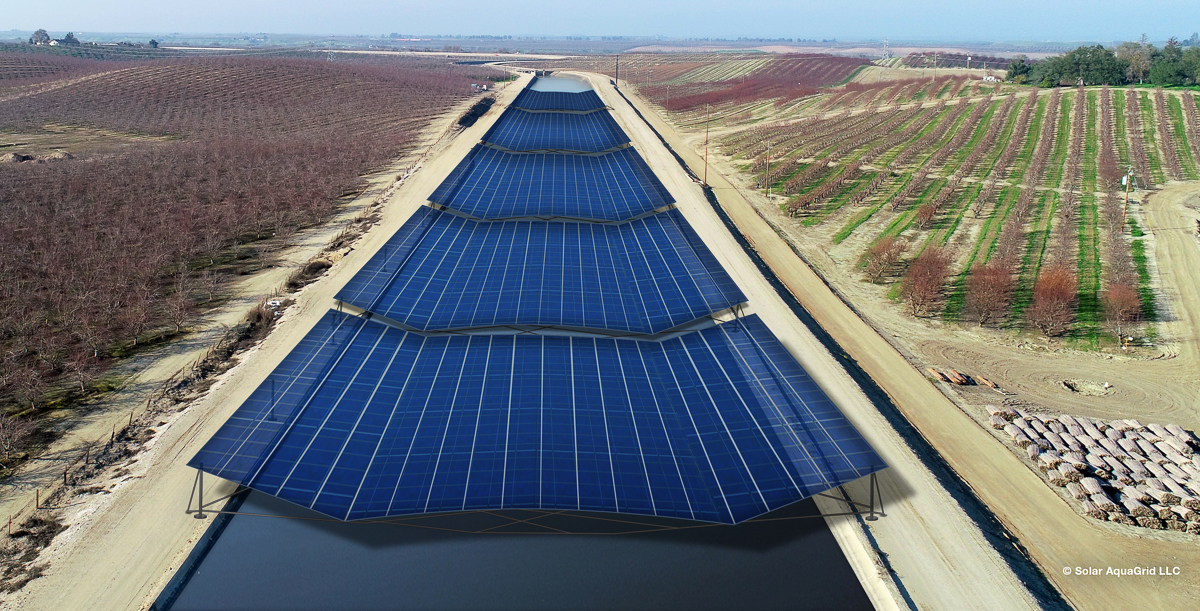
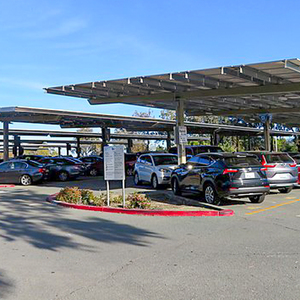
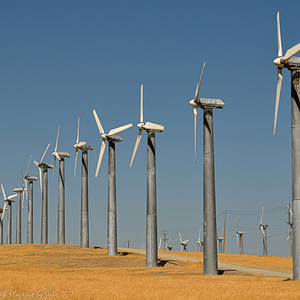
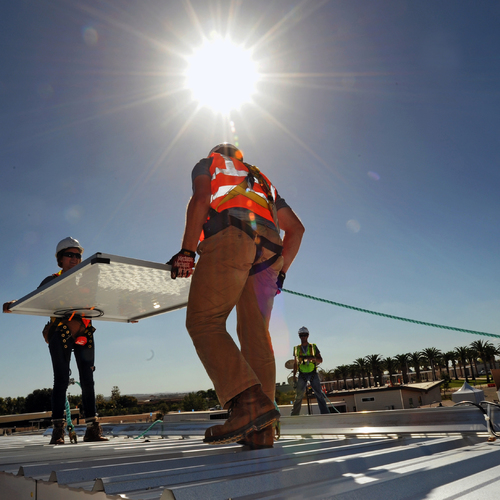






14 Comments
Wouldn't they be better off planting trees for shading and making a walkway of sorts along the canal? Putting a structure directly above or in the water would capture all kinds of debris not to mention leaching of whatever material they use for the framing or floating into the water. Cooling wind would also be diminished. Nesting animals and insects may also cause problems. The article mentions some downsides to installations, so how would an installation on water be any different if not worse to the quality of the water? Maintenance would be more difficult also. Solar panels can be installed along the sides if that is their goal. Sun is a natural disinfectant, so why would you want to block it?
Trees pull moisture up with their roots and then it goes into the air from the leaves. That would increase the loss of water, not decrease it.
Tree roots would also inevitably compromise the structure of the canal.
The french seem to have been able to do it:
https://cromwell-intl.com/travel/france/boat/
I stand corrected. My next concern would be time or cost. If you plant full size trees there it would cost a fortune. If you planted smaller trees then you'd be waiting years or decades before providing the shade you want. And of course there's still the issue of the trees consuming water themselves.
Trevor,
I have no idea whether planting trees is a good idea along an irrigation canal, or if they would even survive in that arid climate without having access to some of the water. I do think though that any infrastructure should consider how it could also become a benefit to the surrounding area, as the once purely utilitarian canals in Europe have.
I had the same thought. This article is lacking a comparison of just building solar elsewhere, which is critical to the argument made. Locally they are covering the canals. For people that live along them (I do not), putting solar panels where their river view used to be would just be salt on the wound. Seems like a great place for parks and biking trails. Parking lots and fields seem like great spots for solar.
People who live near lovely canals in places with plentiful water might have a different mental image than what these actually are. They are ugly industrial infrastructure clashing with the desert landscape. Adding solar won't make them look any worse.
Charlie, that may be the norm. But speaking locally here, they actually are quite nice, and I live in a dry desert climate. I mistook them for a river at first. No concrete in sight. Many of them are already lined with walk/bike trails. It's all a moot point though, since they are already covering them and I believe planting grass to make it look more natural.
Sure, the short stretches like what you are talking about wouldn't be the places to put these.
The cost of the panels themselves is a low fraction of overall cost, the cost of the stands & installation is high. That's for minimalistic stands.
This seems like a way to make solar panels _dramatically_ more expensive to build and maintain.
There's plenty of land in California. What's missing is water. Take all those foothills around the Central Valley that you guys desertified a hundred years ago to more efficiently irrigate the bottomland swamps you were turning into farm fields, and build solar there.
This is a great idea, I say so because I've been thinking about this for years. Evaporation due to exposing surfaces to the sun and leaks is said to account for almost 50% loss of water in the canal. Shading the water would reduce evaporation. We are currently covering over vast areas of land in California to grow solar farms, I think it is a waste of valuable resources. Let's cover over existing infrastructures and get a two- or three-for. Planting trees to shade the canal would increase water use and loss in the canal. The roots would seek out the cracks and seeps and grow into them. The State Water Project keeps the canals clear of vegetation so that doesn't happen. I find it amazing that every comment on this is critical of the idea, without a single convincing argument (in my mind anyway) for why not do it.
The criticisms are more that they didn't provide a good quantitative reason *to* do it vs other options, and there are reasonable concerns about the cost of installation and maintenance vs the myriad other places they could be installed. I think everyone is on board with conserving water and installing solar panels, but both of those are already increasingly being done. To make an argument for building the solar panels over the canals, a cost-benefit analysis over existing methods is needed.
How would they maintain the canals with solar? The canals need to be regularly cleaned, repaired, inspected. These are mostly industrial-scale concrete-lined canals, not meandering canals in the French countryside that had oxen pulling small barges 200 years ago. Why not simply use the thousands of square miles of abandoned badly-irrigated farmland that are now too salty to grow crops? Or ban idiotic rice and cotton farms in the desert and build solar fams there? Something like 95% of California's water is used in agriculture - a sector that barely generates 5% of California's GDP - it's criminal waste of a precious resource to be growing rice and cotton in deserts.
Running ribbons of solar panels along thousands of miles of canals seems wildly expensive and impractical.
Log in or create an account to post a comment.
Sign up Log in